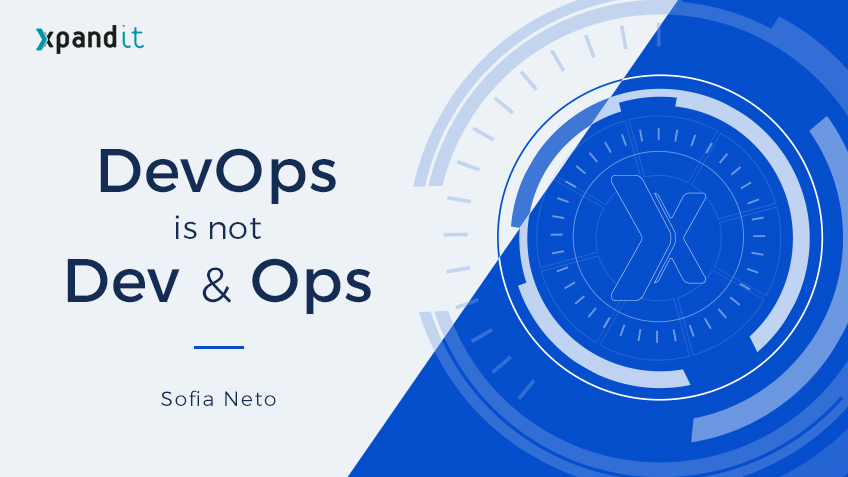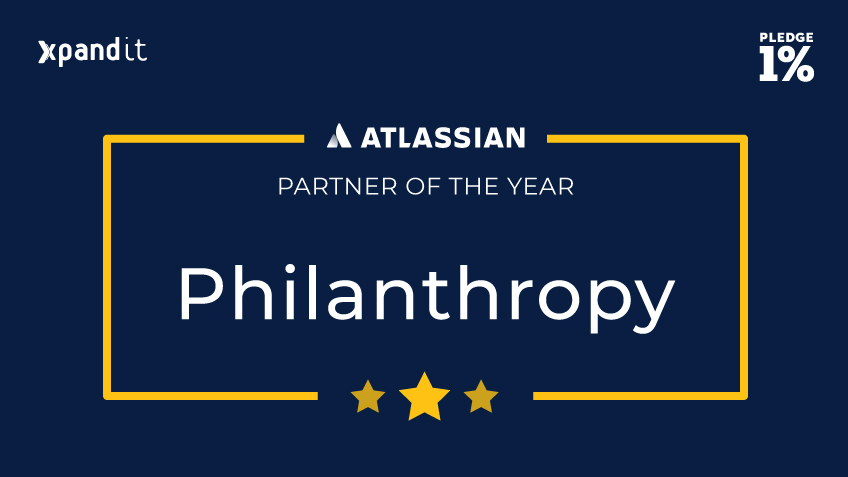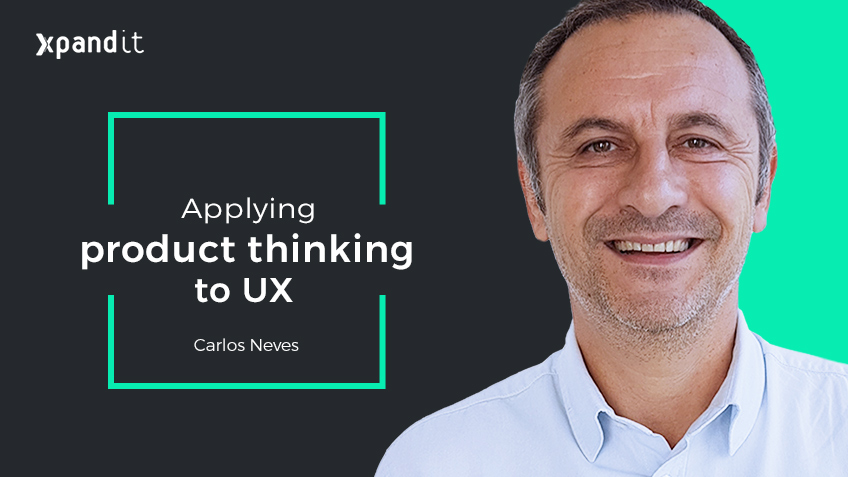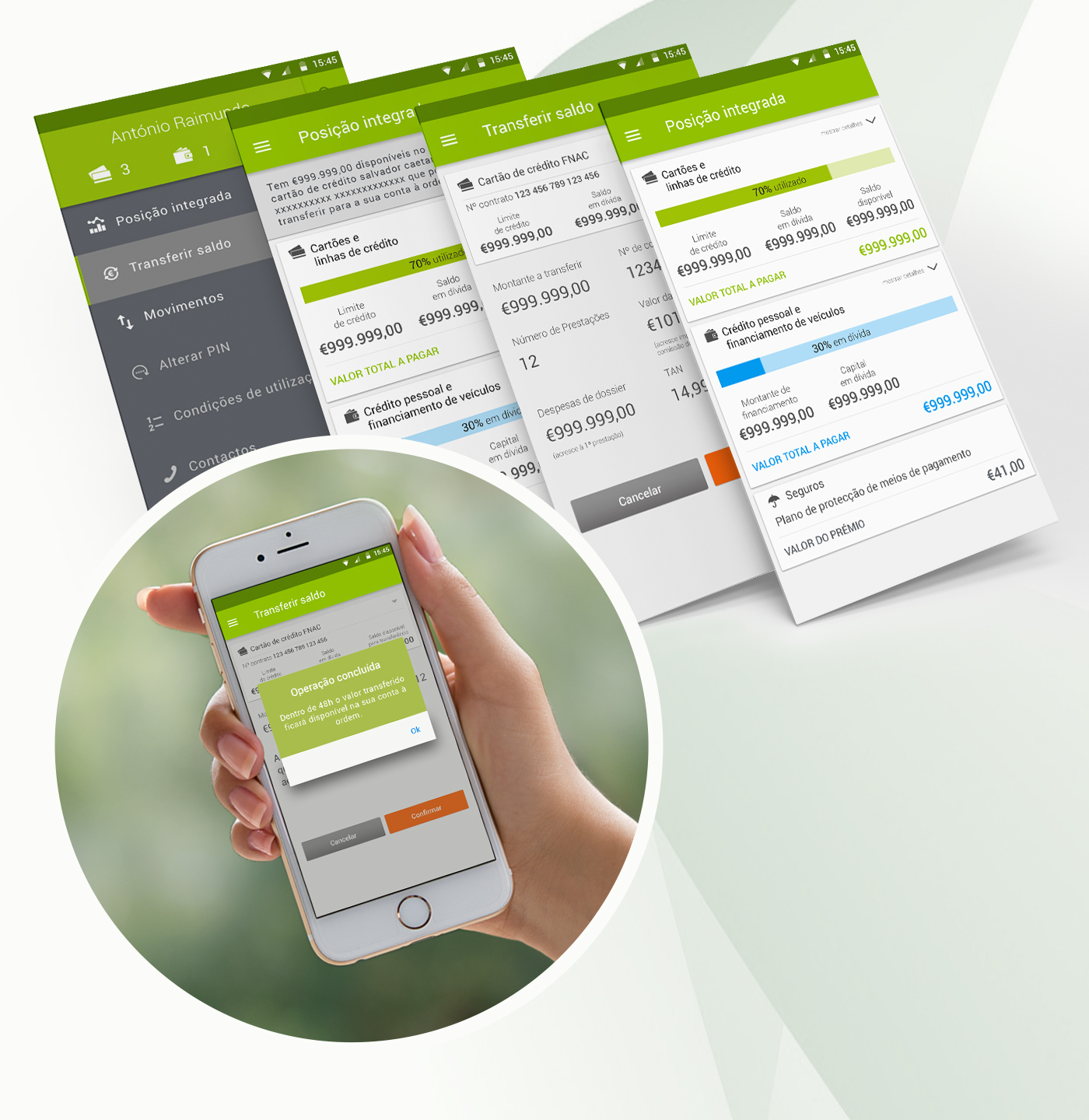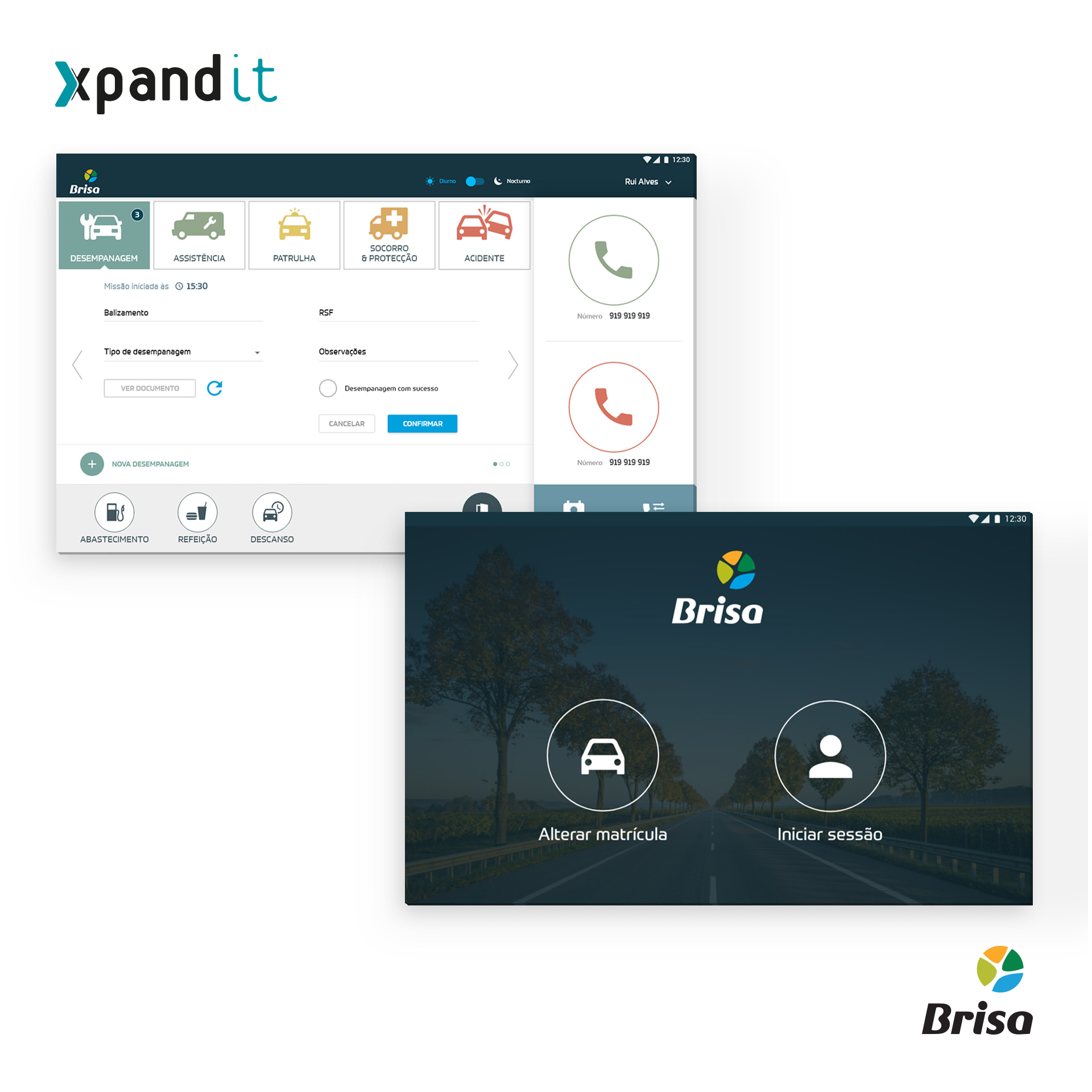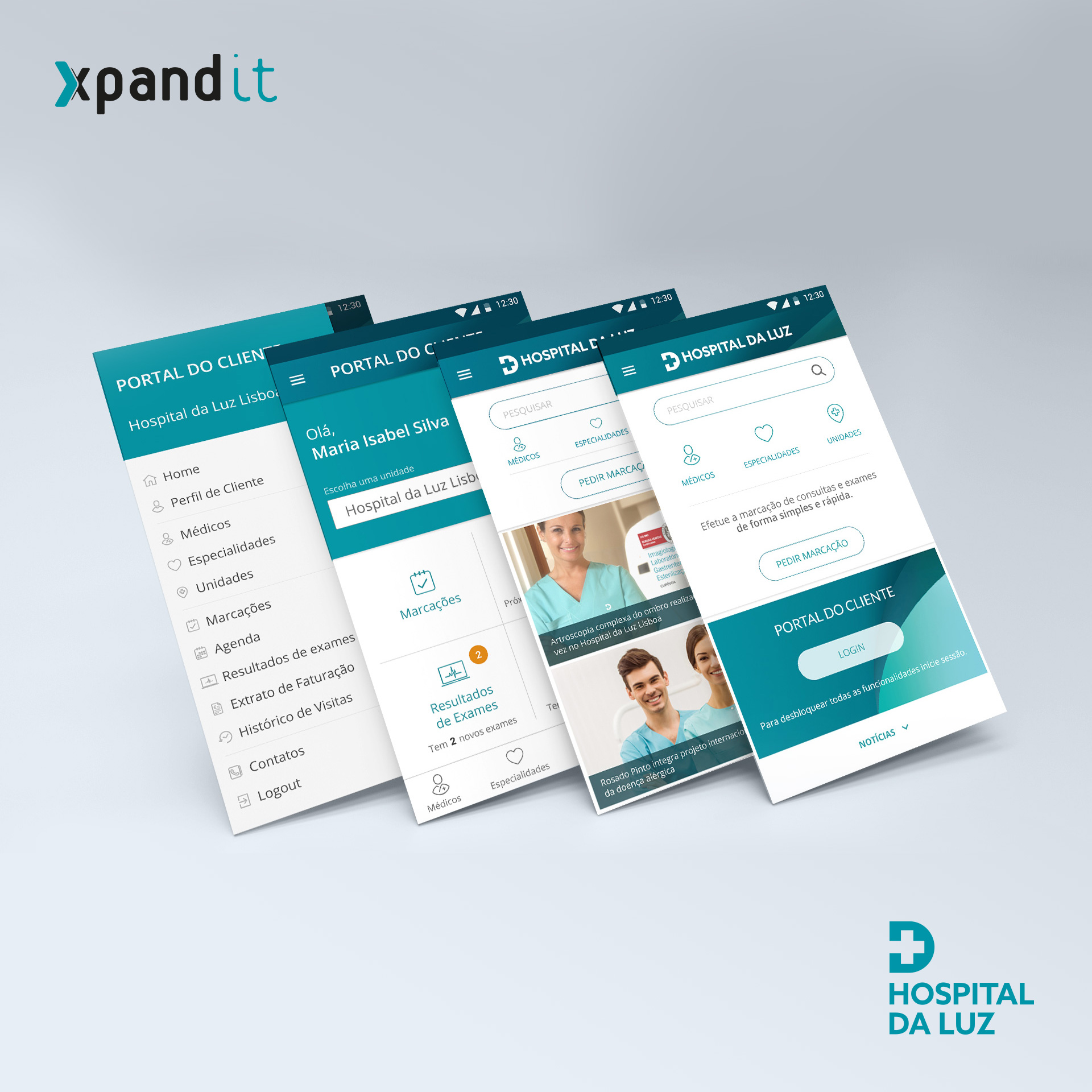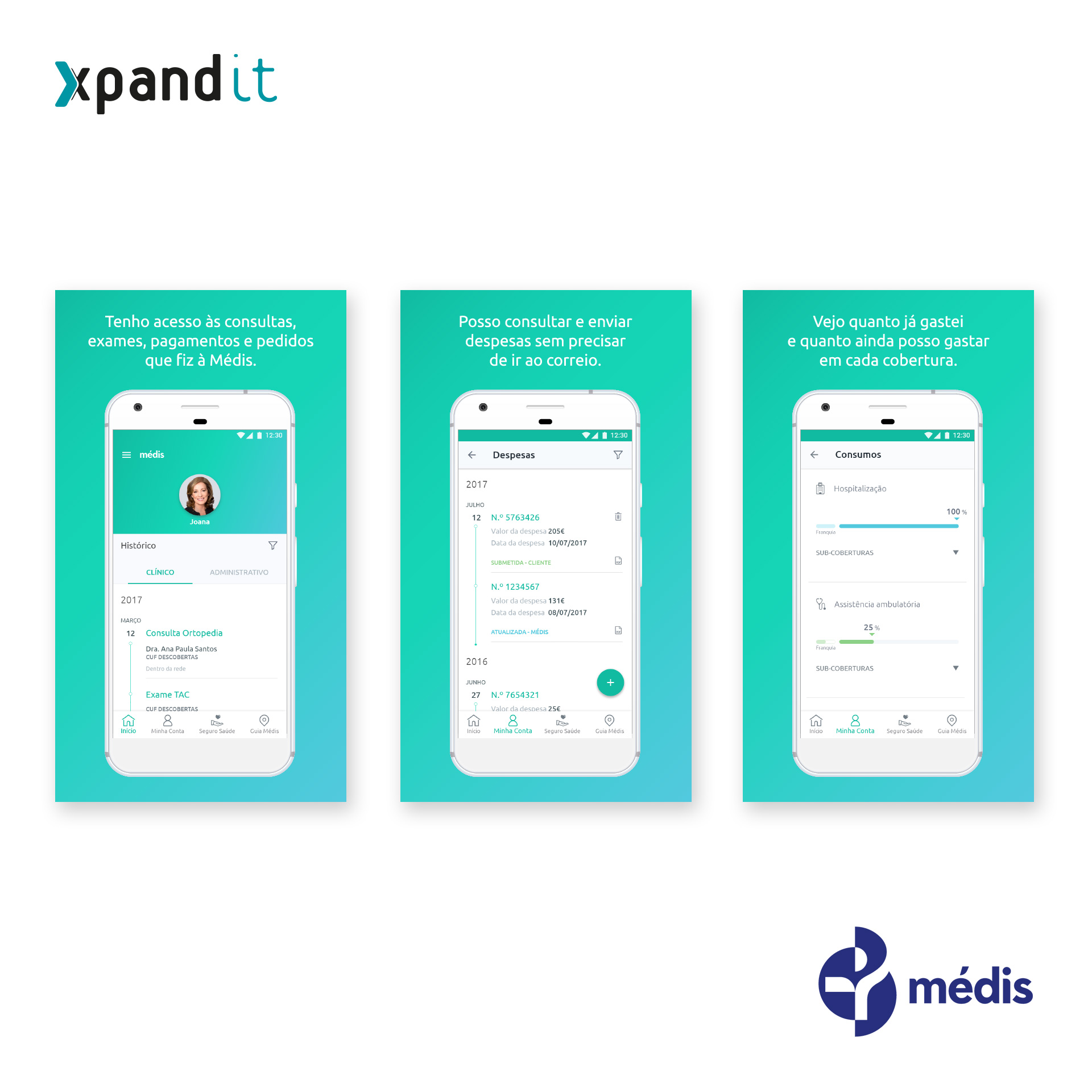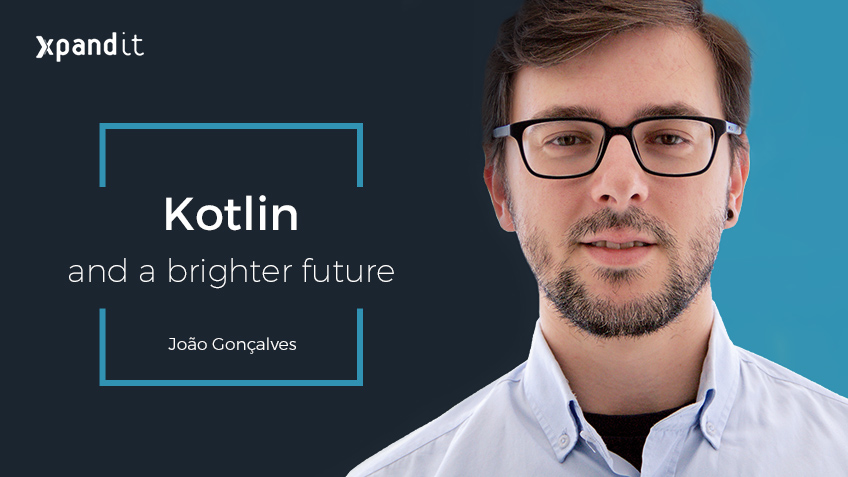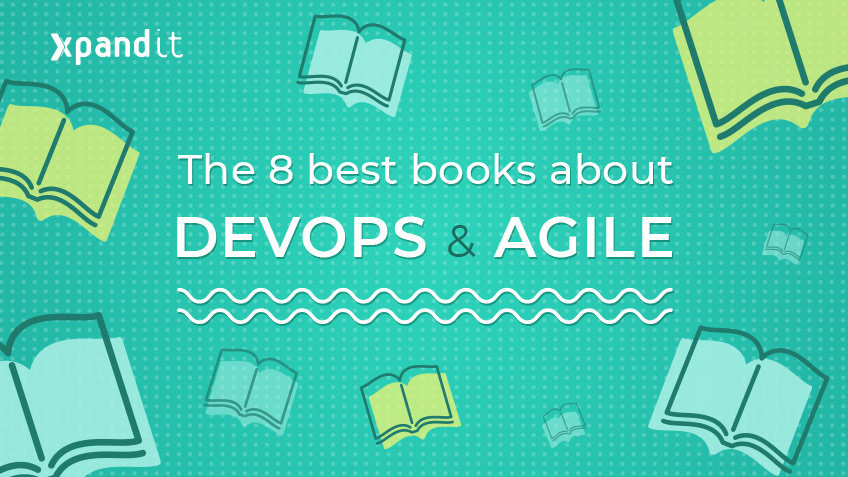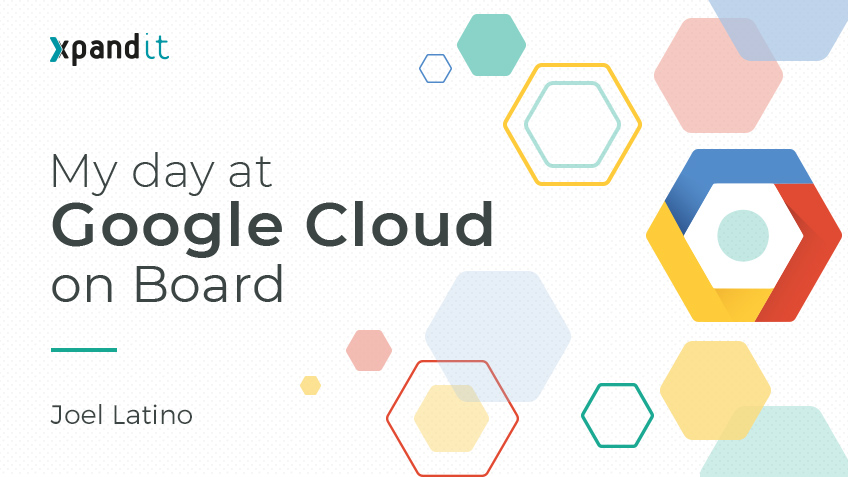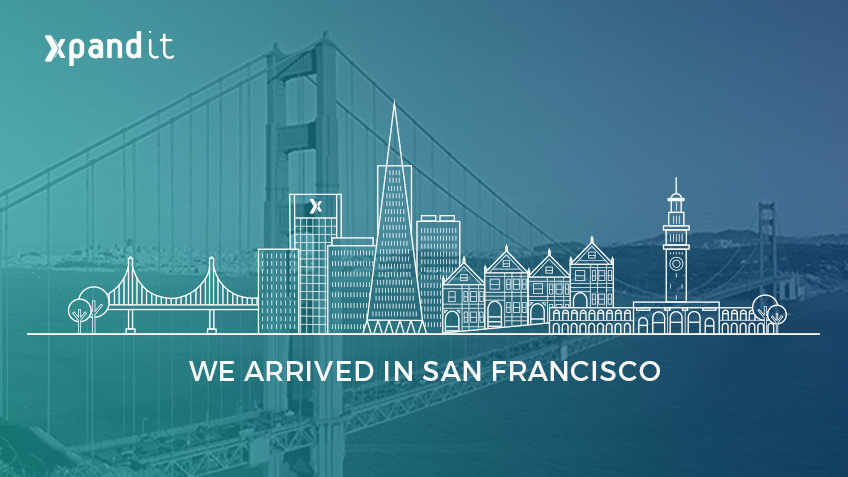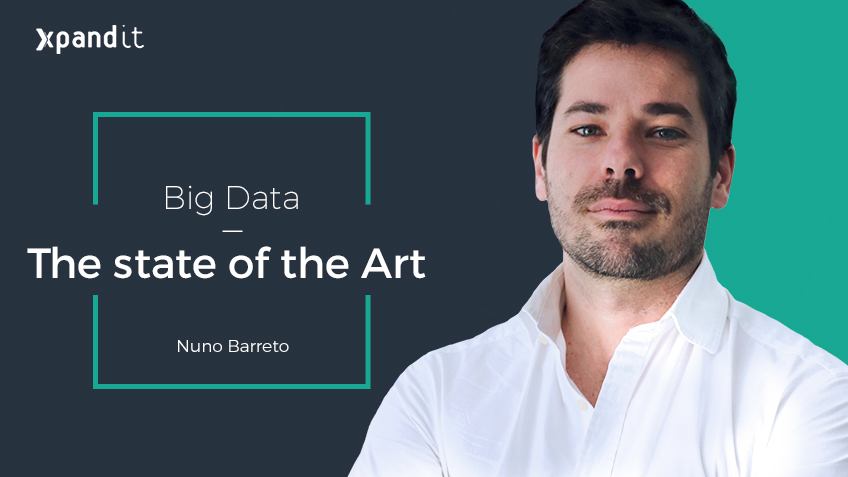Picture this odd world called The JVM.
(From here on, it’s better to read it with David Attenborough’s voice…)
At first there was only one living creature on it: its name was Java. Java was fun; Java was new; Java was simple; Java was powerful – yet Java wasn’t enough. Other species started to come to life, such as: Ceylon, Groovy, Scala, Clojure, Frege, Kotlin. Even Java itself evolved over time. “But why so many species?” is a question one might ask. Had the mighty creator failed with its own creation? Were the other Gods (the programmers) not pleased? Maybe they just weren’t happy enough…who knows!
Now, this is the case for Kotlin.
Enough with the “Life on Earth” analogy, but you can keep the David Attenborough voice – we all know how incredible it is.
Yes, the question is, indeed, why yet another programming language for the JVM? I can’t answer that, I really don’t know, but I believe I have some arguments that might help shed light on why this is a strong specimen.
Kotlin’s evolution
Although it seems like it is, Kotlin is not completely new. Its first commit dates back to 8 November 2010 and it has been slowly maturing over time, just like a fine whiskey.
General adoption has been increasing in recent months helped by major events such as Spring adoption in version 5 or Google I/O 2017, where Google announced official support for the Android platform. 2017 was also the year of the first KotlinConf, where it became noticeable how much Kotlin is reaching beyond the Android World.
It is also curious to see the number of StackOverflow questions related to Kotlin increasing after the Google I/O announcement and the fact that it now appears on the TIOBE Index.
As for public open source projects on GitHub, according to GitHut 2.0, for 2017/Q4 in the top 50 list, Kotlin scores:
- 16th place for projects stars for a total of 0.480%
- 17 th place for issues, totalling 0.489%
- 23 rd place on pull requests making a total of 0.351%
- 19 th place for pushes, totalling 0.424%
…with overall positive growth.
Java interoperability
Kotlin stands out amongst many, mainly because of its ability to interop easily with Java on the JVM runtime.
It compiles to Java Bytecode and adds practically zero overhead, it being possible to compile to versions 6, 7, 8 and 9 of Java bytecode and at the same time take advantage of the features of each version. One great example of Kotlin’s power is its support for Lambda Expressions even when compiling to Java Bytecode 6. Even the Java language doesn’t provide support for them.
Tooling
Kotlin is developed by JetBrains, making it a first-class citizen within IntelliJ IDE, Android Studio and CLion. Features such as refactoring, code generation, code completion, compiling to bytecode and sneak-peeking the bytecode on the fly – and even a Java to Kotlin converter – are all there for your delight.
The command-line compiler (kotlinc) has a REPL mode that can be used to easily try out Kotlin snippets of the fly.
Mutiplatform targets
Compilation for multiple platforms is supported. Using Kotlin you can target the JVM, Javascript and LLVM.
Let me try to rephrase that to get the point across:
“Program with Kotlin and get the server-side code deployed to JBoss; share business logic code with the Android client application and also the JS/HTML web client. Oh, let’s not forget that cute IoT device – share some code with it as well. What’s that? You want iOS? Sure, why not!”
Kotlin/Native leverages LLVM to ease natively targeting a vast number of platforms like Windows, Linux, MacOS, iOS, Android and WebAssembly.
Kotlin for Javascript enables you to transpile Kotlin into Javascript, making it possible to, for example, create React web apps.
A great showcase of this feature is the KotlinConf 2017 companion application, which is entirely implemented using Kotlin, covering backend, frontend and mobile applications.
Embracing Kotlin as a team
Starting to use Kotlin doesn’t have to be a risky decision! By nature, it works incredibly well with existing Java code and it’s even possible to have both Kotlin and Java code on the same project. Developing new features in Kotlin on an existing project can make it a good approach for adoption with low risk as there’s no need to scrap everything and start from the ground up with a new programming language/technology.
Using Kotlin has also become a day-to-day reality for Android developers. Most Android GDEs (Google Developer Experts) advocate and use Kotlin on a daily basis and it can even be found in Android’s Official documentation.
As for non-mobile developers, such as backend developers, Kotlin presents itself not only as a way to achieve current programming language standards on the JVM while targeting Java 6/7, but also as a replacement for Java as a whole. Projects such as TornadoFX, Ktor and Spring, among many others, provide the necessary foundations for Kotlin to thrive outside the realms of mobile. And since Kotlin is almost 100% interoperable with Java, you can keep using the same frameworks you’re used to but with the syntactic happiness of Kotlin!
The most common approaches to adopting Kotlin are:
- Re-write Java unit tests with Kotlin. Some advocate this as a good approach to dip your toes into Kotlin while not putting your production code at risk. However, from my perspective, tests should be using production code. However, Kotlin does offer some neat tricks to make unit tests more legible and compact.
- When starting new features, instead of using Java, use Kotlin!
- If the project you’re working is due some refactoring, apply Kotlin into the new refactored version of the code base.
- Go full Kotlin and leave the sad days behind by saying sayonara to Java!
Kotlin language
The language itself is beautiful. Kotlin is a statically typed language with conciseness and readability as major goals.
It also attempts to solve one of the biggest problems of the Java world: NullPointerException. It does so by making nullability part of the type system and enforcing the developers to think about it explicitly.
Another aspect that makes it a top tier language is the fact that the authors attempt to bring the best features available in other languages into Kotlin itself. To name a few:
- Extension Functions
- Destructuring declarations
- High Order Functions
- Type inference
- Functional Facilities (map, filter, flatmap, etc.)
- Custom DSLs
- Named parameters
- Pattern Matching
- Operator overload
Kotlin syntax
Here are some Kotlin snippets as a sneak peek. These attempt to showcase the simplicity and conciseness of the Kotlin language in comparison to Java.
| Java |
Kotlin |
|
// Class definition
class Person {
private String name;
private int age;
public String getName(){
return name;
}
public int getAge(){
return this.age;
}
public Person(String name, int age) {
this.name = name;
this.age = age;
}
public String greet(){
return “Hi ” + this.name + “, how are you doing?”;
}
}
|
// Class definition
class Person(val name:String, val age:Int) {
public fun greet():String {
return “Hi $name, how are you doing?”
}
}
|
|
// A Typical unsafe Java Singleton
public class Singleton {
private static Singleton instance = null;
private String someProperty = “SOME_SINGLETON”;
private Singleton() {
}
public static Singleton getInstance() {
if (instance == null) {
instance = new Singleton();
}
return instance;
}
public String getSomeProperty() {
return someProperty;
}
public String appendSomethingToProperty(String something) {
return someProperty + something;
}
}
|
// A simple Kotlin Singleton
object Singleton {
val someProperty:String = “SOME_SINGLETON”
fun appendSomethingToProperty(something:String) = someProperty + something
}
|
What’s next?
If I’ve sold you on Kotlin and you want to try it out, here are some pointers to help you:
- Kotlin koansare a series of small challenges online that provide an easy way to scratch the Kotlin surface
- kotlinlang.org/
- Kotlin for Android Developers book by Antonio Leiva is a great source of information regarding Kotlin and Android in general.
- Kotlin in Action book by Dmitry Jemerov and Svetlana Isakova is a great book for Java developers to grow and master Kotlin.
- Kotlin for Java Developers, webtalk by Venkat Subramanian, the god himself, is a great primer on Kotlin
- Kotlin Puzzlers by Anton Keks, a funny exploration around some of the trickier aspects of Kotlin
And keep an eye out for future Kotlin articles on this blog!

